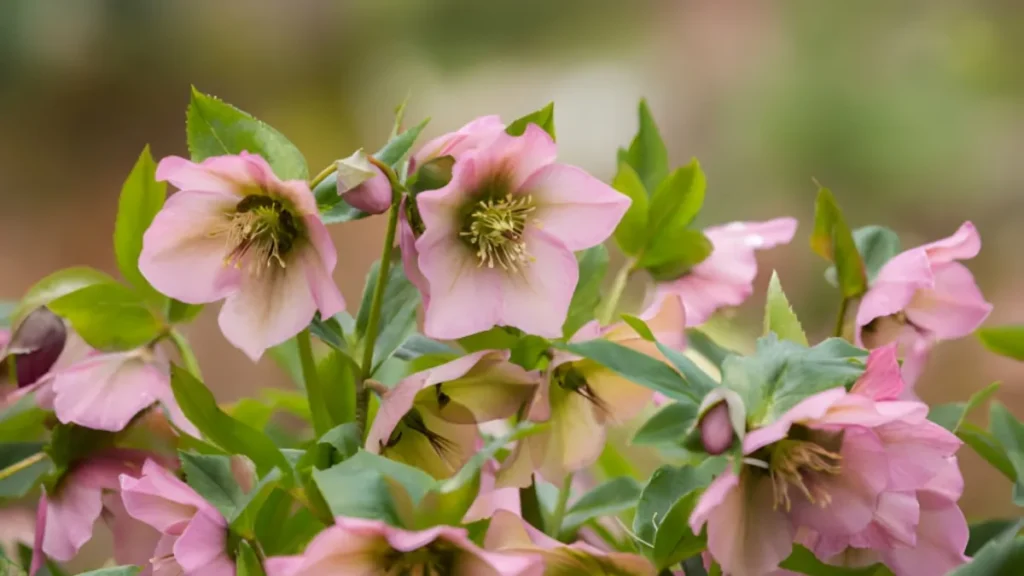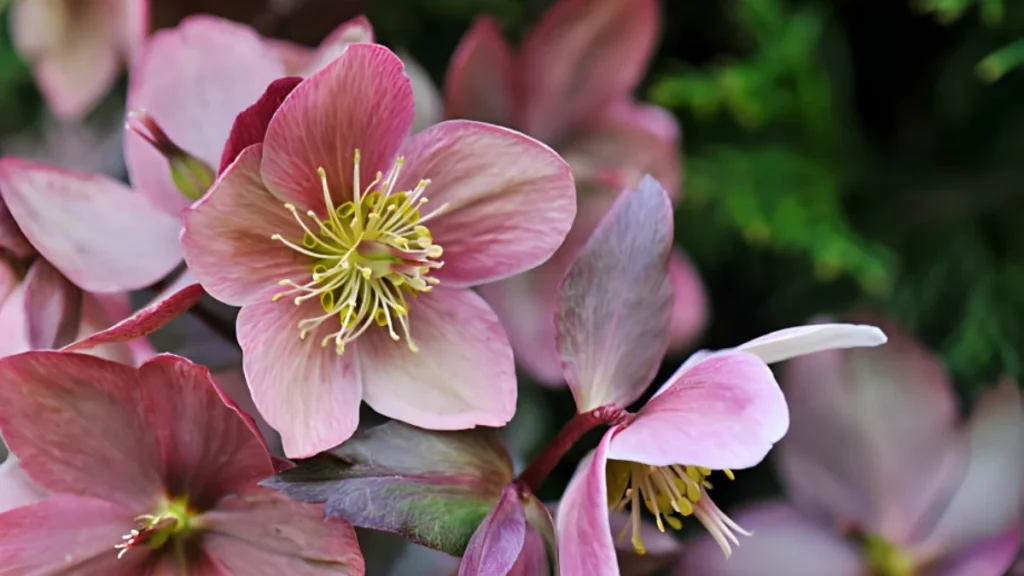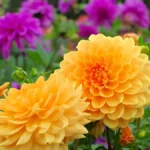Hellebores lend a sense of elegance to any garden setting with their exquisite blooms and evergreen foliage. Hardy perennials like these are a favorite among gardeners since they require little care and are quite lovely. If you’re thinking about planting hellebores in your garden, you need to know when and how to plant them for optimal growth and establishment.
When to plant hellebores:
Planting hellebores is best done in early spring or early fall. These seasons give the plants ideal growing conditions without exposing them to severe temperatures. But these are hardy plants that can be planted any time of the growing season—just make sure the weather stays steady and mild.
How to grow and plant hellebores:
Choosing the proper site
Select a good spot before planting them. Since hellebores prefer full to partial shade, they are perfect for planting behind trees or on the north side of buildings where there is minimal sunshine. To encourage healthy growth, make sure the soil is well-drained and rich in organic matter.
Getting ready to plant hellebores
To improve soil fertility and structure, prepare the planting area by loosening the soil to a depth of at least 12 inches (30 cm) and adding compost or aged manure. Clear the area of any weeds or rubbish to avoid competing with them for nutrients.
Planting method
Dig a hole that is just a little bit bigger than the hellebores’ root ball when planting them. Being cautious not to harm the roots, carefully remove the hellebore from its container. Make sure the top of the root ball of the plant is level with the surrounding soil before placing it in the center of the hole. To remove any air pockets, backfill the hole with dirt and gently press it down.

Watering and blending
Water the hellebore well after planting to let the dirt surrounding the roots settle. To encourage establishment, give regular watering during the first growth season. To keep moisture in the plant and keep weeds at bay, cover the base of the plant with a layer of organic mulch, like compost or shredded bark.
Upkeep of the hellebores plant properly
After they are established, hellebores require very little upkeep. To promote ongoing blooming, remove wasted flowers and, if necessary, cut back any damaged or yellowing foliage. Every few years, divide overgrown clumps to keep the plants vigorous and revitalized.
Defense against insects and diseases
Hellebores, despite being resistant to pests, can be affected by aphids, slugs, and fungal infections. To prevent infestations, monitor plants and use organic insecticides.
Conclusion:
It is important to plant hellebores at the proper time and with the proper technique to guarantee their good establishment and growth. Frequent fertilizer and irrigation—especially during dry spells—will encourage robust growth and profusion of flowers. Hellebores are plants that may flourish in your yard and produce lovely blooms year after year with the right maintenance and attention to planting time and method.
Certainly! If you’d like to learn more, please consider following our WhatsApp Channel: Harvest Gardening
A frequently asked questions:
Q1: What are Hellebores flowers?
A1: Also referred to as Lenten roses or Christmas roses, these are perennial flowering plants that are indigenous to Europe and Asia. They bloom in a range of colors, including white, pink, purple, and green, and usually do so in late winter or early spring.
Q2: Can Hellebores flowers be grown indoors?
A2: Although they are usually grown outside, these flowers can be cultivated indoors in pots with the right maintenance. Give them regular watering, some indirect sunlight, and a potting mix that drains properly. Keep them away from drafts and very cold or very hot conditions.



